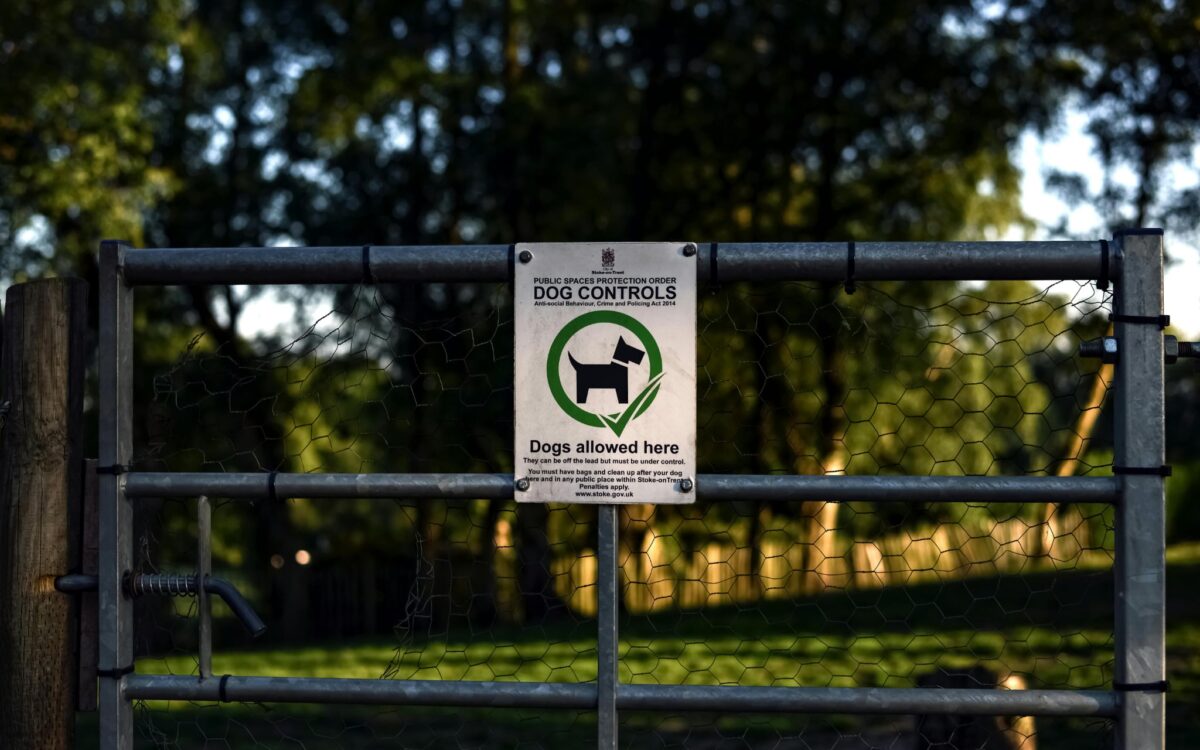I wrote recently about Mind Boggling Speed with Caching with Momento and Rust and wanted to continue in that theme as I explore the Momento SDK for Rust. Caching is a technique that builders reach for when looking to accomplish either improved performance or reduce the burden on resource-dependent parts of an application. It might also be a choice when looking to save costs if an operation is charged per read such as with DynamoDB. In any of those scenarios, caching must be fast. But caching must not also introduce a high amount of complexity. This is where I love Momento because I truly do get the best of both worlds. High-performance caching with the simplicity of serverless.
No caching solution would be complete however with the ability to subscribe to cache key changes. Topics aren’t new in the engineering world, but I wanted to sit down and write some code against the Momento SDK for Rust and see how the ergonomics felt in addition to how well it performed. But comparing it in a vacuum against itself didn’t seem like a lot of fun, so I am going to pair it against their companion product in Webhooks.










